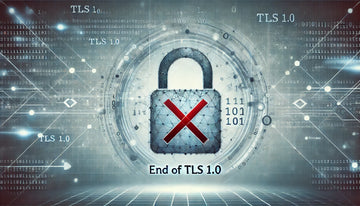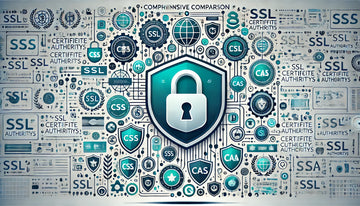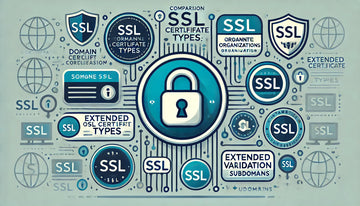In the current digital age, online security is a constant concern. As technology has advanced, so has the sophistication of cyber threats. This article explores the evolution of online security over the decades, from the early days of the web to the current security landscape. Throughout this trip, we will examine how security measures have been developed and how technological advances and threats have shaped the way we protect our data online.
The First Days of the Web: Innocence and Vulnerabilities
When the World Wide Web began to take shape in the 1990s, online security was not a primary concern. The websites were simple and static, and most of the information was shared in unencrypted text. At this time, privacy and online security were underdeveloped concepts.
Initial vulnerabilities focused on lack of authentication and encryption. The attacks of "spoofing" and "phishing" were relatively easy to carry out, as users trusted the information they saw on the web without questioning its authenticity. The passwords were stored in clear and transmitted text without encryption, making them vulnerable to interception by attackers.
The Age of Authentication and Encryption: SSL and HTTPS
As the web grew, the need to improve online security became apparent. One of the most significant innovations was the introduction of SSL (Secure Sockets Layer) in the 1990s. SSL allowed secure communication between a user's browser and a web server when encrypting the transmitted data. This led to the HTTPS protocol, where the YES represents safe.
The adoption of HTTPS was an important step towards greater online security. Websites could now authenticate their identity through SSL certificates issued by trusted entities, which guaranteed users who were visiting the right site rather than a fake version. Despite these improvements, cyber threats continued to evolve.
The Age of the Signs and the Adly of Two Factors (2FA)
As more services and applications moved into the online environment, password management became a major challenge. Users often used weak passwords or reused them on several sites, making them vulnerable to account piracy. In response, measures such as two-factor authentication (2FA) and multifactor authentication (MFA) emerged.
2FA and MFA added an additional layer of security by requiring users to provide a second form of authentication, in addition to their password. This could be a unique code generated by a mobile app, a text message or a fingerprint. These measures made online accounts much harder to compromise, even if the password was known.
The Age of Advanced Protection: Firewalls, IDS and IPS
With the increase in more sophisticated cyber threats, organizations and online service providers began implementing advanced security solutions. This included the use of firewalls to monitor and filter network traffic, intrusion detection systems (IDS) to identify malicious activity patterns and intrusion prevention systems (IPS) to block attacks in real time.
These advanced technologies helped protect network infrastructure and detect suspicious activity before they caused damage. However, the threats continued to evolve, leading to the need for even more robust security.
The Age of Artificial Intelligence (IA) and Automatic Learning (ML)
With the increase in artificial intelligence (AI) and machine learning (ML), online security has taken a major leap. These technologies allow organizations to analyze large amounts of data for suspicious patterns of activity and anticipate threats before they materialize. AI and ML are also used to improve malware detection and to identify abnormal behaviors on networks.
Cloud Security and Virtualization
With the increasing adoption of cloud services and virtualization, security has also evolved. Cloud security solutions allow you to protect data and applications in virtualized and distributed environments. Cloud-based network segmentation and centralized management tools have improved the ability of organizations to protect their online assets.
The Importance of Education and Awareness
Throughout this development, it has become increasingly clear that education and awareness-raising are essential for online security. Users and organizations should understand current threats, adopt safe practices and keep up-to-date on best security practices.
Conclusion
The evolution of online security is a continuous journey. As cyber threats become more sophisticated, online security needs to adapt and improve constantly. From the early days of the web to the era of artificial intelligence and cloud security, protecting our online data remains a critical challenge. Online security is not just a technical issue; it is a joint effort that requires the participation of users, organizations and security professionals to ensure a safer and more reliable digital environment.














